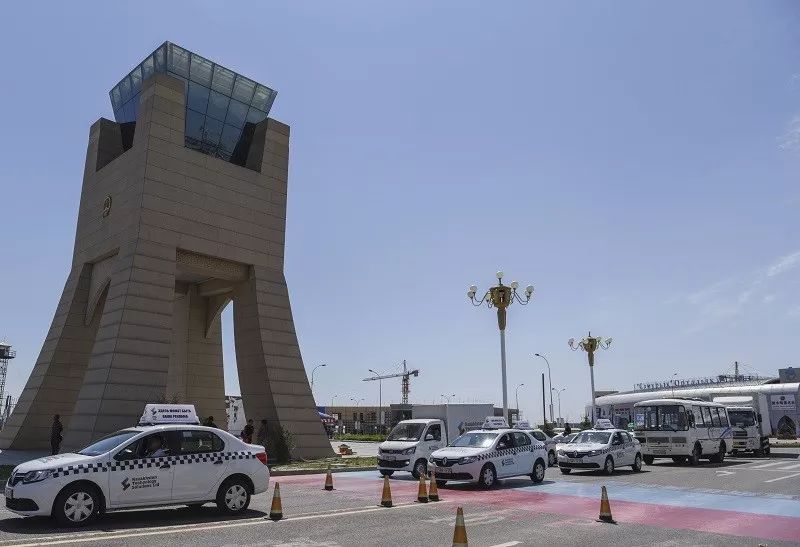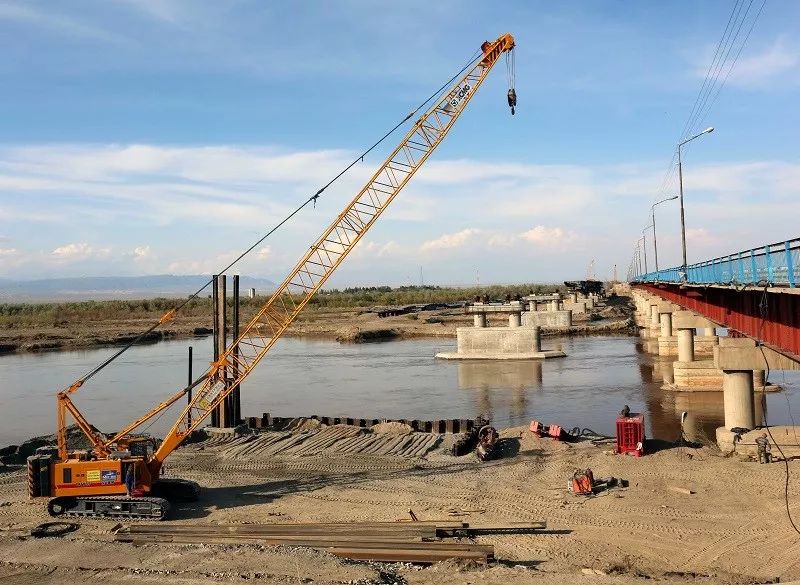NEWS
The move underscores Russia's support for China
The US media reported that the construction has begun on a new road stretching from the Russia-Kazakhstan border to Belarus which is an important part of the China-Western Europe transportation. It would be the main part of Silk Road Economic Belt and the overland part of the "One Belt And Road" once it’s completed.
According to the report on the website of Forbes magazine on July 23, the new road starts from Lianyungang where near the yellow sea of China and along the Lianluo highway, the longest highway in China, to Horgos Dry Port on the border of Kazakhstan, and then passes through Russia into Western Europe.
According to the report, the road aims to integrate road, rail and air transport hubs into an intermodal ecosystem that could completely change the economic role of Eurasia's heartland and change the goods transport modes between China and Europe. Under ideal condition, the trucks only need 11 days travel between China and Europe, rather than 30 to 50 days by sea and 15 days by rail, it will be the fastest overland option on the new Silk Road.

▲Photo: cars from Kazakhstan filed into the Chinese side of the China-Kazakhstan Horgos international border cooperation center. (Xinhua Agency)
For years, the corridor has been a high-speed route into the heart of Eurasia, the report said. The truck would cross one of the most modern roads in the world and travel through China and Kazakhstan before stopping at the Russian border. There, they would come face to face with less efficient infrastructure. However, the fate of this large project may soon change.
The Russian part of the long-awaited China-Western Europe transport corridor, known as the "meridian", was being actively developed, the report said. It would be a 2,000-kilometer toll road from the Sagalchin crossing with Kazakhstan to the Belarusian border.
The new road was expected to cost about $9.3 billion, with most of the money coming from private companies, the report said. The main player behind the project is the Russian investment company meridian, led by Alexander Ryazanov, a former Gazprom vice-chairman and current board member of the Russian Railways. The "meridian" highway is built primarily for freight transportation, and its main source of revenue is expected to be tolls.

▲Photo taken on April 30, 2015 shows a road bridge construction site more than 200 kilometers east of Almaty, Kazakhstan.
Ryazanov estimateed it would take at least 12 to 14 years to recoup the company's initial investment. However, in addition to significantly reducing the time it takes to travel from China to western Russia, the highway would also bring a lot of knee-jerk development along the route and create new jobs, according to the Russian transport ministry.
As One Belt And Road gained momentum, the report said, the opening of the meridian road was a good indication of Russia's attitude.
Previous: No
- Links
-
- STONE INDUSTRY 2020



